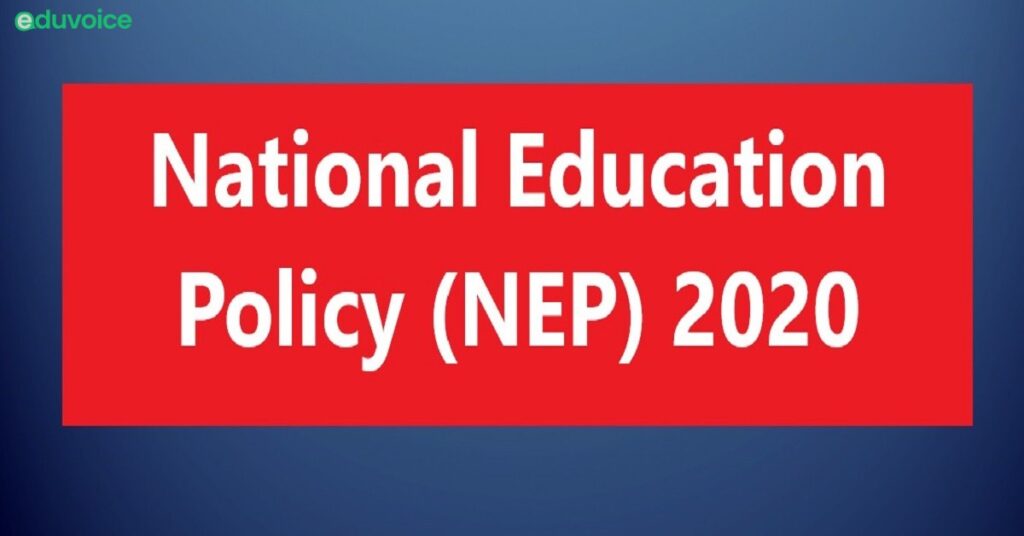While the details of the NEP 2020 have been discussed at considerable length by many experts, I will look at the Policy from the perspective of the opportunities it offers to improve the educational status of marginalized and educationally backward sections of Indian society.
The policy aims at “a quality education system, with particular focus on the historically marginalized, disadvantaged and underrepresented groups…Initiatives must be in place to ensure that all students from such groups, despite inherent obstacles, are provided various targeted opportunities to enter and excel in the education system.”
The Policy mentions “Socio-Economically Disadvantaged Groups” (SEDGs), which include, among others, SC/ST, OBCs, and Minorities.
In the context of higher education, the Policy states “higher education can lift individuals and communities out of cycles of disadvantage. This policy envisions ensuring equitable access to quality education for all students, with a special emphasis on SEDGs…Earmark suitable Government funds for the education of SEDGs…Set clear targets for higher GER for SEDGs…Provide more financial assistance and scholarships to SEDGs in both public and private HEIs…Conduct outreach programmes on higher education opportunities and scholarships among SEDGs…Make admission processes more inclusive.”
Emphasis on SEDGs
This emphasis on SEDGs opens up more vistas of opportunity for marginalized groups at both school and higher education levels. There must be well-planned efforts by community leaders to engage with MHRD, the Ministry of Minority Affairs, and other relevant agencies to ensure that the rules, regulations, and schemes formulated with regard to SEDGs reflect the intent and emphasis so clearly articulated in NEP.
The policy lays emphasis on increasing the Gross Enrollment Ratio (GER) and reducing dropout rates at both school and higher education levels. Muslims, along with other disadvantaged groups, suffer most from low GER and high dropout rates. The community has to work out approaches to align its interests and actions with this important policy objective.
The policy introduces the concept of school complexes/ clusters. These could derive synergies from sharing resources and best practices. In areas with large Muslim concentrations, multiple stand-alone schools could greatly benefit from this practice. Local community leaders must take the initiative, including instituting School Complex Management Committees rather than simply School Management Committees. These efforts should also incorporate Topic-centered and Project-based Clubs and Circles e.g. Science Circles, Math Circles, Language Circles, Debating Circles, etc. School complexes/clusters could also benefit from sharing of teachers across schools.
The Policy further states that “High quality national residential summer programmes for secondary school students in various subjects will also be encouraged.” This too is a provision that could be very beneficial and requires due attention. Ways and means should be found to facilitate and participate in its implementation.
Lacuna in HEIs
The Policy recognizes that Higher Education Institutes (HEIs) suffer from
- Suboptimal governance and leadership.
- Large affiliating universities resulting in low standards of undergraduate education. It seeks to remedy these deficiencies by moving to large, multidisciplinary universities and colleges, with at least one in or near every district. It further provides for “More HEIs across India that offer a medium of instruction or programmes in local/Indian languages.” It also encourages private/philanthropic universities. It stipulates that Institutional Restructuring and Consolidation to end the fragmentation of higher education through large multidisciplinary universities and HEI clusters “is the highest recommendation of this Policy regarding the structure of higher education.”
It classifies HEIs into three types:
-Research Intensive Universities with equal emphasis on teaching and research.
-Teaching Intensive Universities that place a greater emphasis on teaching but still conduct significant research.
-Autonomous degree-granting colleges (AC) are large, multidisciplinary institutions that grant undergraduate degrees and are primarily focused on undergraduate teaching. (Generally smaller than a typical university).
Over a period of time, every college would develop into either an AC or a constituent college of a university. ACs could evolve into Research or Teaching universities if they so aspire.
I think it is in the domain of Autonomous degree-granting Colleges (ACs) that significant opportunities for Muslim-managed HEIs can be located. There are several such institutions that already exist with university affiliations (e.g. Shibli College in Azamgarh, affiliated with VBS Purvanchal University, Jaunpur). As far as higher education is concerned, the community must focus on developing high-quality ACs that could later transform into universities.
Expand MANUU to other places
Given the emphasis placed by the Policy on HEIs that offer a medium of instruction or programmes in local/ Indian languages, there should be scope for expansion of the Maulana Azad National Urdu University (MANUU) system. Muslim leaders should engage with GOI to expand MANUU to many more locations.
Needless to say, there cannot be good educational institutions without good teachers. The policy places significant emphasis on Teacher Education.
Currently, there are over 10,000 Teacher Education Institutes (TEIs) with low standards, essentially selling degrees. By 2030, only educationally sound, multidisciplinary, and integrated teacher education programmes shall be in force, conducted within composite, multidisciplinary institutions. All multidisciplinary universities and colleges will aim to have education departments and run B.Ed. Programmes. There will be:
- A 4-year integrated B.Ed.
- A 2-year B.Ed. for students with 3 year Bachelor’s degree.
- A 1 year B.Ed. for students with 4 year Bachelor’s degree.
This is potentially a major opportunity for ACs. Through quality B.Ed. Programmes, will not only be diversifying their offerings but will also deliver huge benefits to the community by enhancing the stock of well-trained teachers. The community must initiate efforts in this direction on a priority basis.
Integration of Vocational Training within the regular curriculum at both school and HEI level presents a big opportunity. Many students drop out or do not pursue higher education because they are not academically inclined. This problem is particularly severe in the case of SEDGs. By recognizing the relevance of vocational education at all levels, the Policy opens new doors for so many students. Besides, vocational training will impart livelihood-generating skills to those who wish to pursue interests in this direction.
Emphasis on multilingualism
The policy lays emphasis on multilingualism. “Medium of Instruction until at least Grade 5 and preferably Grade 8 and beyond will be home language/mother tongue/ local language/ regional language….There will be a major effort by the Central and State Governments to invest in large numbers of language teachers in all regional languages…and in particular, for all languages mentioned in the Eighth Schedule of the Constitution of India…For each of the languages in the Eighth Schedule, Academies will be established by the Central Government in consultation or collaboration with State Governments.” This emphasis on multilingual competencies at school and HEI levels should create opportunities for the learning and teaching of Urdu. Muslim leaders need to engage with the relevant ministries and government bodies to ensure that Urdu gets its due place when rules are framed and schemes are implemented.
The policy further stipulates that “Scholarships for people of all ages to study Indian Languages, Arts and Culture with local masters and/ or within the higher education system will be established.” This opens up opportunities to engage with highly skilled artisans to learn and promote their crafts and skills.
The policy also lays an emphasis on the Internationalization of education, to attract larger numbers of international students to study in India, promoting India as a global study destination providing premium education at affordable prices. This presents major opportunities for existing universities like AMU, and JMI. Jamia Hamdard, Integral, etc. but also for the Autonomous Colleges.
High-performing Indian Universities will be encouraged to set up campuses in other countries. This is again another opportunity area for high-performing Universities like AMU and JMI.
The Policy recognizes the insufficiency of the current public expenditure on education and reiterates that a figure of 6% of GDP as envisaged in the 1968 policy, reiterated in the 1986 policy, and reaffirmed in the 1992 policy review will be the target to be realized at the earliest.
From the above analysis, it is evident that the provisions of the National Education Policy could be a game changer in improving the educational status of the Socio-Economically Disadvantaged Groups, provided there is proactive engagement with all agencies responsible for its implementation and appropriate responses from the stakeholders within these marginalized groups themselves.
For More Such Articles, News Update, Events, and Many More Click Here






